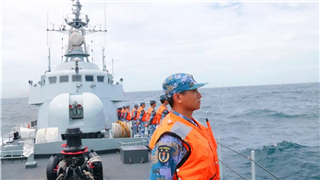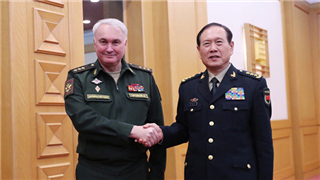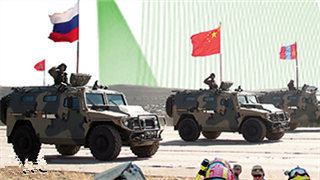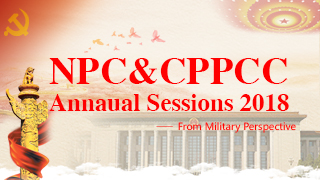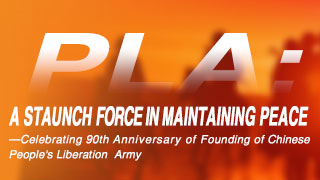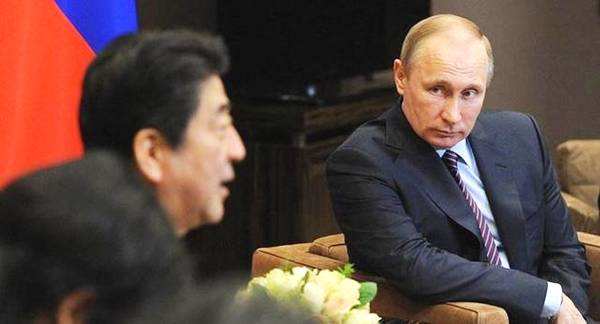
By Chen Guanyu
According to Japan’s Kyodo News Agency, Russian Foreign Ministry spokesperson Maria Zakharova said on December 13 that the Memorandum from the Soviet Government to the Government of Japan (1960), which called for the withdrawal of US troops from Japan, needs to be taken into account in any peace treaty talks between Moscow and Japan.
The 1960 Memorandum can be traced back to the Soviet–Japanese Joint Declaration of 1956 in order to restore their diplomatic relations. The 1956 Joint Declaration stipulates that the two sides will continue negotiations for a peace treaty as soon as possible; thereafter, the Soviet Union agrees to hand over to Japan the small islands of Shikotan and Habomai following the conclusion of a peace treaty.
In 1960, the Soviet Union signed a memorandum in protest against the Treaty of Mutual Cooperation and Security Between the United States and Japan signed in 1960, the revision of the US-Japan Security Treaty in 1951. The memo said that the islands would only be handed over to Japan if “all foreign troops were pulled out of Japan” based on the Soviet-Japanese Joint Declaration of 1956.
The Japanese government then referred to the condition as a unilateral change of the 1956 Declaration contents, so it couldn’t accept. This is one of the reasons why the negotiations on the peace treaty between the two sides remain locked in stalemate.
On November 14, Russian President Vladimir Putin and Japanese Prime Minister Shinzo Abe agreed to accelerate the negotiation process of the Japan-Russia peace treaty based on the 1956 Declaration.
Subsequently, Russian Presidential press secretary Dmitry Peskov clarified that Russia and Japan have agreed to discuss territorial disputes based on the joint declaration, but this does not mean that Russia would “voluntarily” hand over the disputed islands to Japan.
Recently, Russia has raised two concerns regarding the negotiation of a peace treaty: one is the deployment possibility of the US military after the transfer of the Southern Kurils (Japan calls the Northern Territories) to Japan; the other is the possibility of Japan’s carrying the US cruise missiles on the upcoming US-developed land-based Aegis Ashore missile defense system.
Some analysts believed that the reference of the 1960 Memorandum by Russia this time was intended to contain Japan. Japan’s Kyodo News Agency indicated that under the background of the extreme deterioration of US-Russian relations, Russia pointed out the concerns over US-Japan security system and the US military presence in Japan in the process of concluding a peace treaty with Japan which is eager to see negotiations come to fruition, in a bid to contain the Japanese side.
Another important reason why Russia and Japan have been struggling to conclude a peace treaty is on the long standing territorial disputes between the two sides. Russia, inheriting the Soviet heritage after the collapse of the Soviet Union, tried to resolve territorial disputes and conclude a peace treaty based on the 1956 Joint Declaration.
In 2001, Russian President Vladimir Putin agreed with the former Japanese Prime Minister Yoshiro Mori that Russia could first hand over the disputed islands of Shikotan and Habomai. However, Japanese Prime Minister Mori retired shortly after and the new government changed its position and demanded the return of four islands in the Southern Kurils, namely the islands of Etorofu, Kunashiri, Shikotan and Habomai.
So far, the Japanese government still holds this position and regards it as a precondition to sign a peace treaty with Russia. The Russian side, however, believes that the Southern Kurils have been incorporated into the Soviet Union according to the results of the Second World War (WWII), and the Russian side has indisputable sovereignty over it.
Earlier December, Russian Foreign Minister Sergei Lavrov said at a press conference during the Organization for Security and Co-operation in Europe (OSCE) Foreign Ministers’ Meeting in Milan that the Soviet-Japan Joint Declaration has stipulated that a peace treaty should be signed first, with other issues being discussed thereafter. The signing of a Russia-Japan peace treaty means recognizing the outcome of the WWII and is also necessary before the two countries resolve the territorial disputes.
Contrarily, the Japanese side believes that the signing of a peace treaty should be the result of the territorial negotiations rather than the beginning. It is obvious that both parties hold two different viewpoints.
The negotiations between the two sides remain locked in stalemate, and the trend of a Russia-Japan peace treaty is worthy of attention. On December 13, Russian Foreign Ministry spokesperson Maria Zakharova revealed that the two sides are currently negotiating on how to conduct dialogue in a new form.
According to the Nihon Keizai Shimbun, the Japanese government is studying the issue associated with Japanese Foreign Minister Taro Kono’s visit to Russia in December. The Japanese Foreign Minister plans to hold talks with Russian Foreign Minister Sergei Lavrov, including the peace treaty.
In addition, at the Russia-Japan Summit held during the G20 Summit in Argentina, the leaders of both countries unanimously agreed to involve their foreign ministers to supervise the work of concluding a peace treaty. It is foreseeable that the negotiations on the signing of a peace treaty between both sides will go further.
Disclaimer: The author is Chen Guanyu. The article was published on the China's National Defense newspaper on December 19. It is translated from Chinese into English and edited by the China Military Online.
